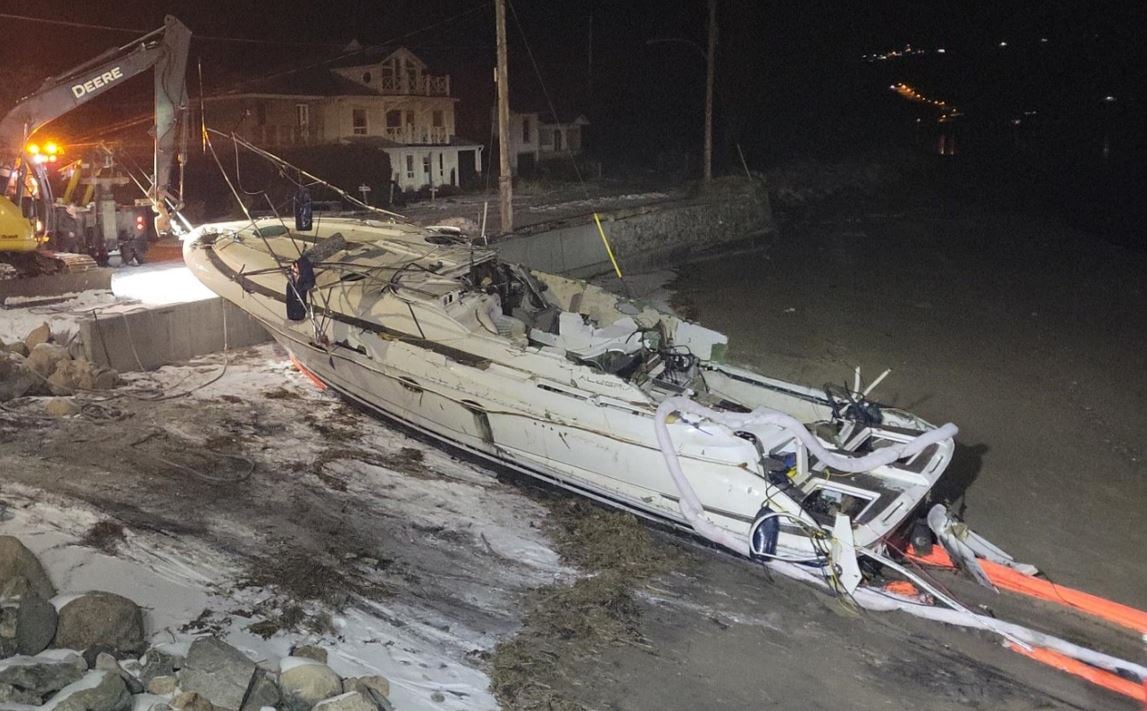What safety and emergency leaders need to know to be prepared

In today's world, workplace violence, including active shooter situations, poses significant challenges for hospitals. Jon Crosson, director of health sector resilience for Health ISAC, recently shared crucial insights on this issue. "The 'Run, Hide, Fight' protocol doesn't necessarily apply to all hospital settings, especially during surgeries or in the NICU," Crosson noted, emphasizing the need for specialized response plans.
While an active shooter scenario in a Canadian hospital may seem rare, there were 14 shooting-related lockdowns at Canadian hospitals between 2003 and 2018. More recently, in June 2023, there was a fatal shooting inside the Fraser Canyon Hospital in Hope, British Columbia.
Crosson highlighted several critical areas where hospitals often fall short in their active shooter preparedness. These include communication protocols, training and drills, crime scene management, and collaboration with local law enforcement.
Communication protocols
"Many organizations lack robust communication protocols," Crosson points out. Effective communication is crucial during a crisis to ensure timely and accurate information dissemination. Hospitals should designate communication coordinators within their incident command structures.
Training and drills
"Annual PowerPoint presentations on active shooter scenarios are insufficient," says Crosson. Hospitals need regular, realistic drills that simulate various scenarios to help staff understand their roles and actions during an actual event.
Crime scene management and recovery
Crosson emphasized the importance of having plans for crime scene management and recovery, including mental health support for employees. "Bringing in counselors or mental health staff to assist employees who have experienced trauma is critical," he says.
Keeping Plans and Procedures Updated
"Hospitals must maintain up-to-date emergency plans and ensure all employees are familiar with them," Crosson advises. Regular updates and exercises based on these plans are essential to keep them relevant and effective.
Reputation management
Hospitals need strategies for effective communication with stakeholders, the media, and the community post-incident. "Engaging with stakeholders and getting ahead of the story is crucial," Crosson notes.
Collaboration with law enforcement
"Establishing a relationship with local law enforcement and first responders before an incident occurs is vital," says Crosson. Hospitals should invite these officials to participate in drills and familiarize them with the hospital's layout and protocols.
Workshop insights and recommendations
Crosson detailed the outcomes of workshops organized by Health ISAC, which revealed that while some hospitals are more prepared than others, there is always room for improvement. "Continuous development and exercise of emergency plans, effective communication protocols, and ongoing staff training are key," he stresses.
Call to action for Canadian health and safety leaders
Although active shooter incidents are rarer in Canada compared to the U.S., the threat of workplace violence remains. "Continue to develop your plans, exercise those plans and procedures, establish good communication protocols, and collaborate with local law enforcement," Crosson urges.
By addressing these areas, hospitals can better protect their staff and patients, creating a safer and more resilient healthcare environment. "Training and preparation are key to effectively managing and mitigating the impact of an active shooter event," Crosson concludes.





